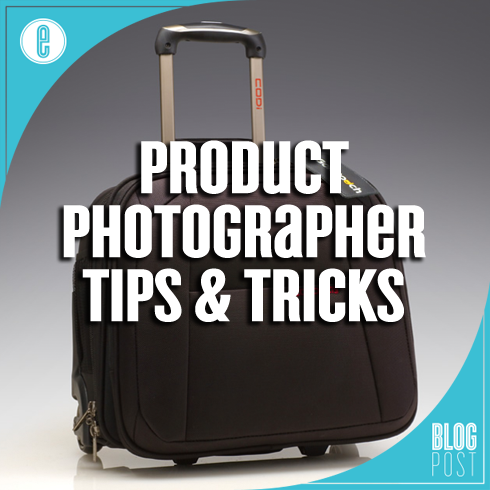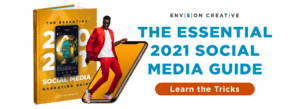
Product photographers are the unsung heroes of great websites. Well-designed pages are important and so is scintillating copy, but without photos that showcase your products brilliantly, you may’ve wasted a lot of resources. Today we’re going to look at some key areas a product photographer should focus on to create great images of even the most mundane objects.
Gather your gear
While you don’t necessarily need a high-end camera and lens to create great product photographs, the basics you’ll need are:
- Tripod: for tack-sharp focus on images when using the more-desirable smaller apertures, even in variable light conditions.
- DSLR: in some cases a good camera phone shot will be adequate for online use, but to have better quality control, an entry-level DSLR will prove advantageous.
- Lens: the “kit lens” that comes with most DSLRs will be more than adequate for product shots, but if you’re doing extreme close-up work and/or need to showcase tiny details, a macro lens may be worth the investment.
- Timer or remote trigger: to decrease tiny vibrations from pushing the shutter release and allow more flexible lighting.
- Calibration card: to help ensure proper white balance so that colors are accurately reproduced.
Set the stage
With a clear mind for the image that product shots should convey, a product photographer next creates the best stage to showcase those products. This might mean taking a selection of items to another location, like a beach or forest, or assembling a collection of props along with your products on an in-house “stage” area with:
- Light: good lighting is one of the fundamental elements in good photography, so you’ll want a product photography stage that has plenty of good natural light, or you’ll need to add light to the set using artificial sources. Remember smaller apertures make the most of light.
- Contrast: your product photographer will need to make sure there’s enough contrast between the background and the products themselves. Bold colors and good lighting are good starting points, but a product photographer knows white balance helps provide adequate contrast.
- Backgrounds: whether using the background to make a statement, set the mood or just make your products “pop”, a product photographer will shoot the background on its own and review the results to remove distractions and add accessories.
Working as a product photographer requires skill and vision. The ability to see products in different settings is vital to successful product shots, consider:
- Juxtaposition – put products into crazy situations for eye-popping results
- Going native – think about where your product is most at home, and shoot it in its most natural setting
- Close ups – where detail matters, opt for close-up (macro) photography
- Immersion – add a splash to your shots by dropping items into a tub of club soda, or “float” them in colored beads.
- Humanity – adding personality to product shots can push your message forward in an extraordinary way
Moving forward
Whether you’ve got hopes of floating your cupcakes in a turquoise sea or staging an intergalactic battle for your fresh-roasted coffee, the next step is deciding whether you’ve got mastery of your camera and can use online tutorials to fill in the blanks, or if you’d rather hand off the particulars of the shoot to a skilled product photographer. Choosing a product photographer to create images that match your vision can eliminate a lot of the stress that comes with product photography, and it should be easy to do by discussing your requirements with a local product photographer and reviewing their portfolio.
-FINAL(01-00)-White&Blue-01.svg)





